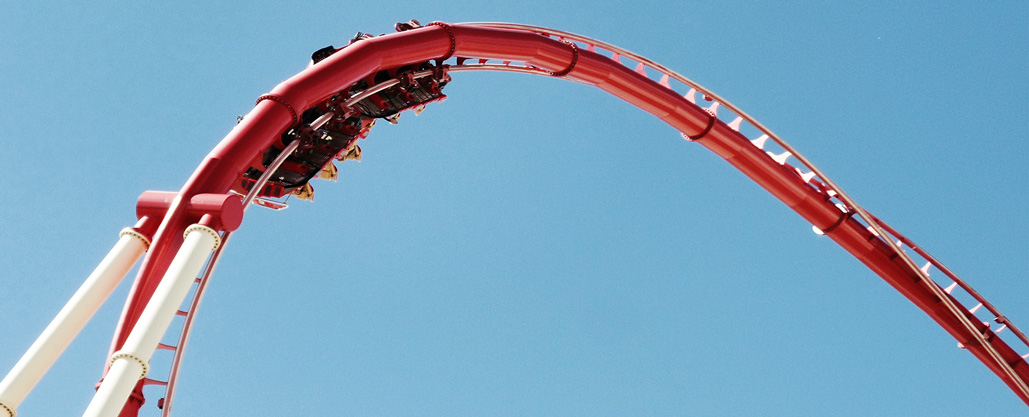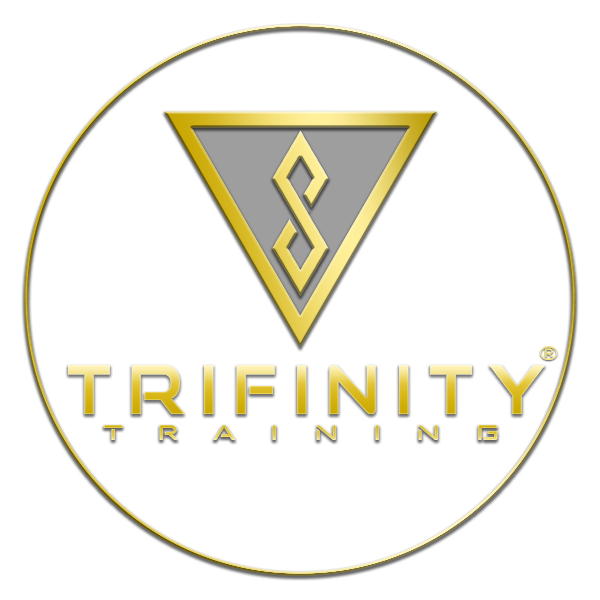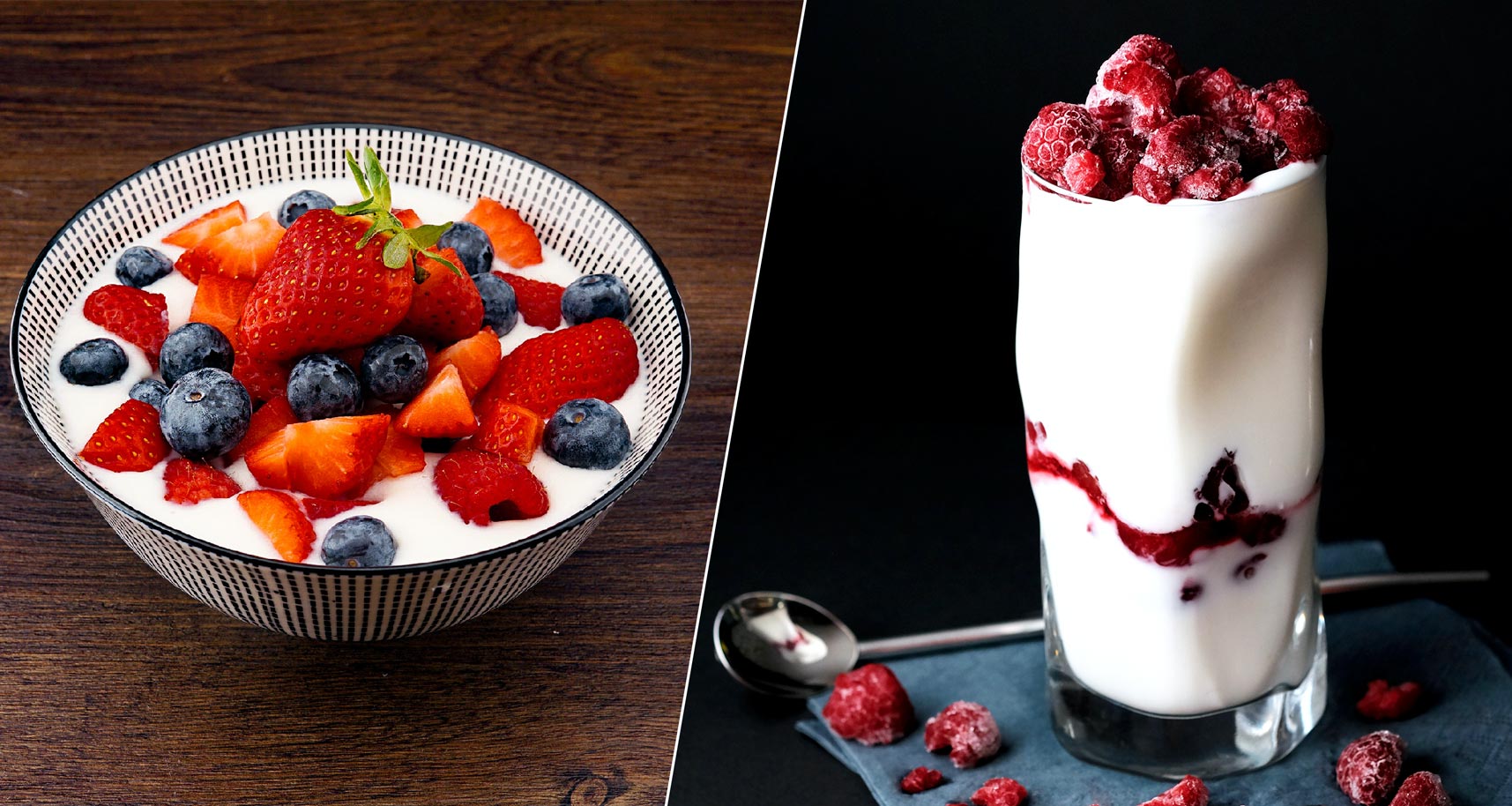7 Reasons to eat a snack
What is a snack and what why should you eat one? Everyone probably knows what a snack is, but let’s make it clear to those of you who have never heard of this strange phenomenon before. A snack is simply a meal that is eaten between the main meals breakfast, lunch or dinner. It is as simple as that. Some of you might giggle now when you read that I actually explain what a snack is. But there are really never any stupid questions in the profession as a Personal Trainer and snacks have had to be explained more than just once to different clients before.
SO FOR WHO ARE THEN SNACKS INTENDED FOR?
Most likely, it is intended for you. I have seen major changes in the development and seen amazing results from different clients simply by “sneaking” in a good and healthy snack here and there. It is as if many pieces automatically start to fall into place when you get this into a good and healthy routine.
I take one of my clients who is a middle-aged man and fully healthy but has a few kilos overweight as an example. He starts work at 07:00, eats a steady breakfast around 06:00, takes his coffee break at 09:15 and then lunch at 11:30. Nothing uncommon with that and this is a completely normal routine for many of you. The coffee break consists of two black cups of coffee and the lunch is decided when he and his colleagues check out from work to take their well-deserved lunch break. It will be a lunch buffet in 9 cases out of 10. Preferably Thai food with an “open” buffet, he tells me. There is nothing wrong with that and I really think you should get this with lunch breaks out, during the working days, to work no matter what goal you have and what kind of journey you are on. It is extremely important to get this break from work and time to socialize with colleagues so that the lifestylechange can work in long term. The problem is rarely the place they go to, but rather the huge hunger the client has when he goes uneaten from 06:30 to 11:30. Or well yes, two black large cups of coffee lie and snuggle in his system, which he drank during the coffee break. That does not help much with either balancing blood sugar levels or hunger.
I took a closer look at what happens during the lunch break for my client. For me, it is not enough just to hear “I get a little tired and hungry before lunch”. I need to know when, how and then determine why. The energy and mood used to drop before lunch and the focus on work dropped drastically. He told me that he actually sometimes counted down the minutes until the clock struck 11:30 and it was time for lunch. Talk about losing focus when hunger strikes and blood sugar levels drops. Surely you understand what happens after arriving at the wonderful buffet? It is not one portion that goes down… not two… but three large portions of food where he has to balance the plate each time so that nothing slides off the edge of the plate. He exhales contentedly when he finishes lunch and then moves on, grabs his coffee and sees some strange type of dessert that looks like something made from green Fairy detergent that floats in what appears to be some kind of milk. You who have been to Thai Buffer know what I’m talking about. Two bowls of that also slide down. He rolls back to the office, only has time to log on to the computer again and work for a while when the fatigue strikes. Blood sugar peaks and the pancreas goes on full machine releasing insulin to take care of it. When the insulin catches up, the blood sugar drops. The higher the peak of blood sugar levels, which results in greater release of insulin, the steeper the downward curve goes as it drops. If you go up a steep roller coaster, it also usually goes very fast down again. That is the reason why I avoid the roller coasters. Of course, you need to take into account what he chooses to eat at lunch and how blood sugar levels are triggered, but you all know what Thai buffet means.
It has been shown that the insulin levels in healthy people, who do not have diabetes or other diseases with impaired function to regulate blood sugar , does not rise above ~ 8 mmol / l after a meal, regardless of how much sugar / carbohydrates you have eaten that raises blood sugar. Therefore, we cannot blame everything on blood sugar, blood sugar levels and insulin secretion. Another aspect we can review is that a large meal puts greater demands on the digestive process. More blood will flow around the stomach and intestines to help with a more demanding digestive process. This can often be a reason why many people get a dip after a larger meal.
The usual circadian rhythm in humans is also important when we talk about “post-lunch-dip”. It is common for the body to enter a phase where sleep-promoting hormone may increase in the afternoon and you then do not feel as focused and energetic as a few hours earlier.

It’s just lunchtime for my client and the same thing will happen again around dinner and then again when he starts snacking something in the evening when the craving for sweets hits him. What he eats after dinner, due to cravings and “sugar tooth”, is also the result of going grocery shopping hungry after work. Another big mistake he makes and as many others do too. The next day he jumps back on it and takes a ride on the roller coaster again.
This is a normal routine for many and the reason why the focus, mood and energy during the day are not even close to optimal. Unnecessary calories also go down easily just because you get too hungry between meals. I want to optimize this for you and share some important reasons why you should try to eat a healthy snack between your main meals if you have not done so before. Feel the positive effects of not going to lunch or dinner with an incredible hunger and the balanced energy during the day that you are likely to get.
7 REASONS TO EAT HEALTHY SNACKS
1. Keep your blood sugar level even during the day
With a more even intake of food, you can keep your blood sugar level more even during the day and avoid mood swings and dips.
2. Better focus, energy and mood
Something we all want to optimize in our lives.
3. Increased feeling of satiety and decreased craving for sweets
None of us wants to get too hungry or walk around with a constant craving for sweets during the day.
4. Minimizes the risk of overeating around lunch and dinner
This results in better control of e.g. weight loss when the risk of overeating around lunch or dinner is minimized.
5. Fuel for training
Optimize your time by exercising right after work. A healthy snack during the last coffee break gives energy to the training you will do. This is a very good routine for many to implement into their daily lives.
6. Do not go grocery shopping when hungry e.g. after work
This only results in shopping unnecessarily groceries that you will eat in the evenings when the craving for sweets strikes.
7. It’s simple and delicious!
A snack does not have to be rocket science. Do something simple, good and easy to bring to work. It does not have to be more difficult than that.
ARE SNACKS ACTUALLY GOOD FOR EVERYONE OR ARE THERE EXCEPTIONS?
There are of course exceptions and I have had many clients who actually felt much better, developed better and gotten better results by not having any snacks at all in their diet. It’s all about what the client’s everyday life, work, metabolism, digestion and routines look like. Some people find it easy to get a feeling of satiety and a constant intake of food results walking around with the feeling of “too full” all the time. They find it sometimes even difficult to get down food when they never even get a feeling of hunger. They can often also handle blood sugar levels better and do not get the craving for sweets that others easily get. They also rarely fall into pits where they overeat or eat because of cravings. I have seen incredible results with a diet based on 3 major meals during the day and from case to case even with only 2 major meals. But I can be completely honest with you and say that these clients are rare and most people feel so much better when having a healthy snack here and there throughout the day. Most people live with the routines and everyday life where there are 9- and 14-o’clock coffee breaks at work and lunch in the middle of the day. That routine provides excellent opportunities to bring in a snack here and there. As I wrote earlier, there are many pieces that automatically often fall into place when snacks become a healthy routine in the client’s everyday life. You should try it too!
Do you have questions or thoughts about snacks or something else about diet and exercise? Do not hesitate to get in touch with me!
I wish you all the best and you’ll hear from me again soon!






